Predictors of Prolonged Intensive Care Unit Stay and In-Hospital Mortality Following Cardiac Surgery: An Integrated Analysis from the PROCARD-ATI Study
This study analyzed 130 adult cardiac surgery patients to identify perioperative predictors of prolonged ICU stays and in-hospital mortality. Results revealed aortic cross-clamp time (AXCT) as the sole independent predictor of ICU stays ≥7 days, with a threshold of 110 minutes. For mortality, prolonged cardiopulmonary bypass time (CPBT), emergency surgery, and higher AXCT were key predictors. The findings suggest practical intraoperative benchmarks to enhance surgical strategies and outcomes.










